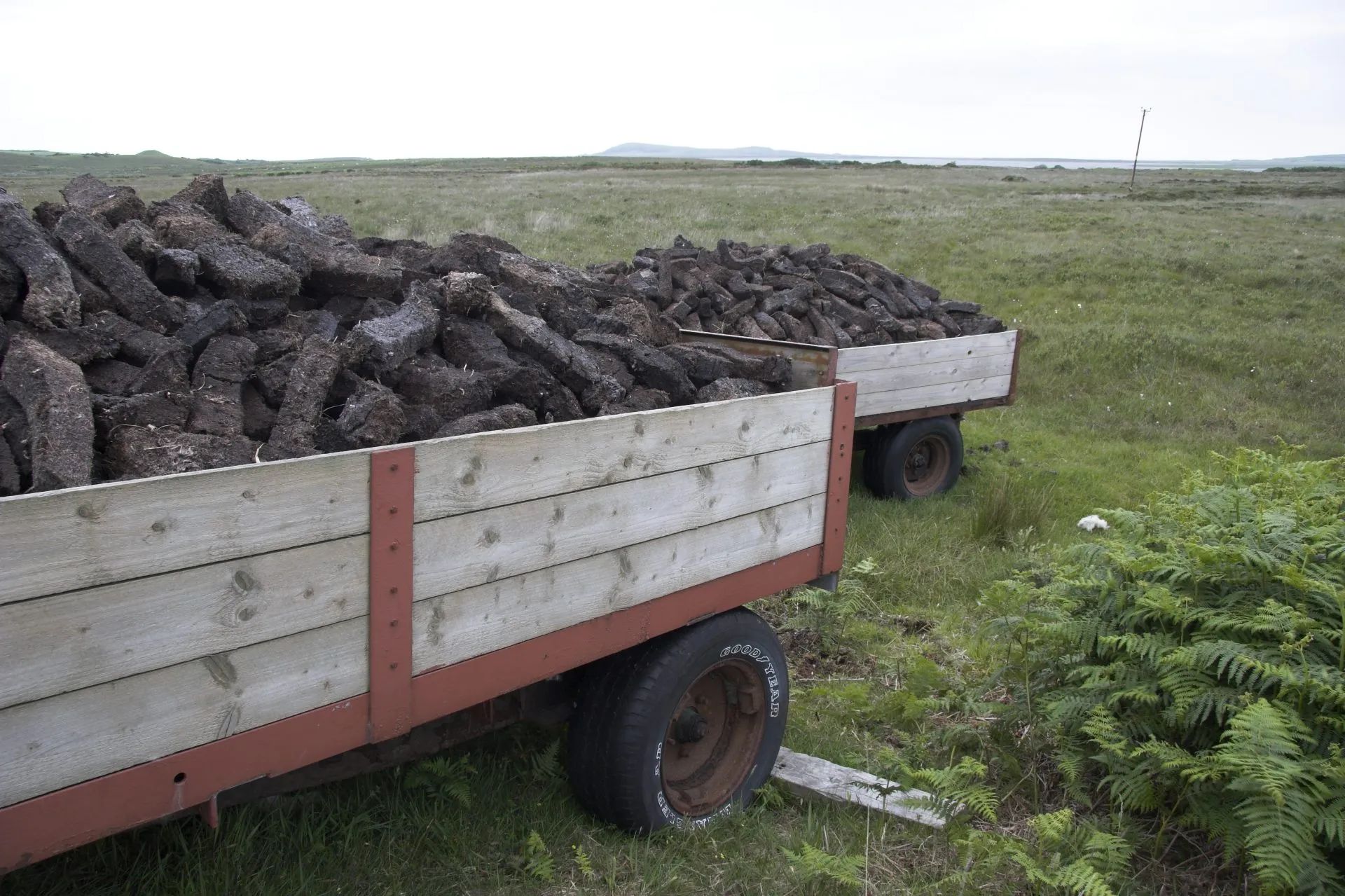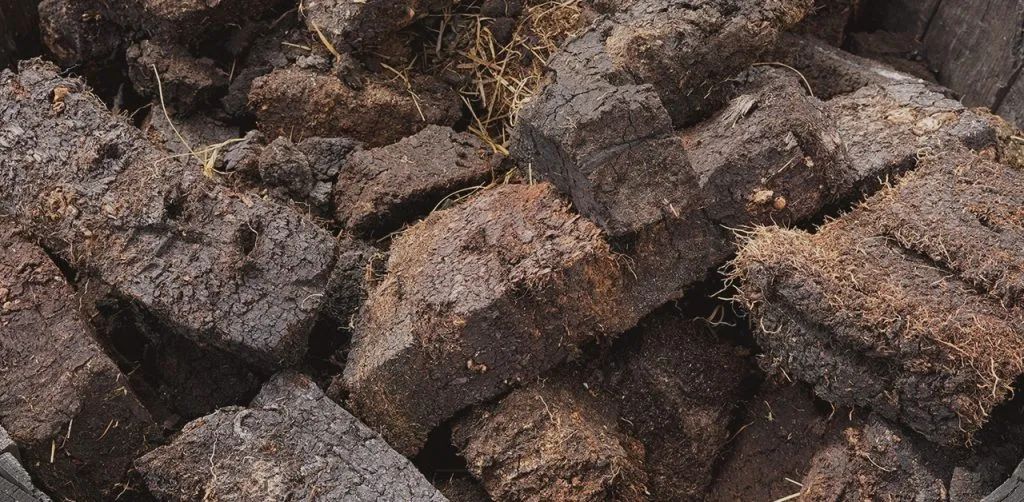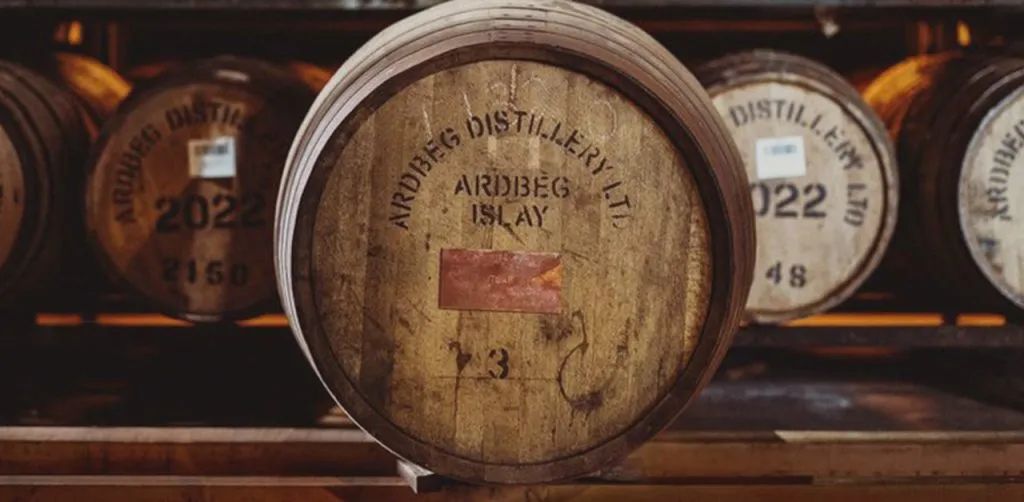
The Uncertain Future of Peated Whisky: An Opportunity to Invest?
If you’ve been closely following the ebbs and flows of the whisky market, you might have picked up on a peculiar trend – the looming shortage of peated malt. With the double whammy of environmental concerns and supply shortages, there is a real possibility that peated whisky could become even rarer in the near future. So if you already own peated whisky barrels, you might just be sitting on a goldmine. And for potential investors, this might present an unparalleled opportunity.
Here’s why:

The Rarity of Peated Malt
Peated malt is made by drying malted barley over peat smoke, giving the whisky its signature smoky flavour. However, the availability of peated malt is becoming increasingly scarce. The main reason? The source of this unique flavour – peat bogs – is depleting. These bogs, which take thousands of years to form, are now under threat due to over-harvesting and climate change.
The Looming Shortage of Peated Malt
Several factors contribute to the peated malt shortage:
Rising Demand: Peated whiskies have grown in popularity, especially among the new generation of whisky enthusiasts eager to explore bold and unique flavours.
Limited Resources: Peat, a type of soil that’s accumulated over thousands of years, is not an infinite resource. As the demand for peated malt grows, the extraction of peat is exceeding its natural replenishing rate.
Environmental Concerns: The extraction of peat is not without environmental ramifications. Draining peat bogs to harvest peat releases significant amounts of carbon dioxide into the atmosphere, making it less environmentally friendly. Given our era’s heightened focus on sustainability, there are growing reservations about continuing this practice. The result? A double-edged sword, where the peated malt’s scarcity is accentuated both by its dwindling availability and increasing environmental apprehensions.

The Environmental Impact and the Push for Alternatives
While whisky lovers have relished the smoky notes of peated malt for centuries, we can’t ignore its environmental footprint. Peat bogs are more than just a source of peat; they serve as crucial carbon sinks, capturing more carbon than forests. Their disturbance not only releases stored carbon but also disrupts habitats for specialised flora and fauna.
This has spurred the whisky industry to seek more sustainable alternatives, such as organic residues or smoke infusions. While they might capture a semblance of that smoky aroma, purists would argue that the authentic peatiness is irreplaceable. Nonetheless, it’s a commendable effort, balancing tradition with environmental stewardship.
A Potential Goldmine: Owning a Peated Whisky Barrel
Given this backdrop, it’s easy to see why owning a barrel of peated whisky could be likened to owning a piece of history, a liquid artefact of a tradition that might become rarer in the years to come. For collectors, this presents an unparalleled opportunity. As the age-old economic principle dictates: with decreasing supply and increasing demand, the value rises.
Imagine owning a tangible piece of a centuries-old tradition, with its value surging in the face of dwindling supplies and an ever-growing demand. It’s not just an investment in whisky but in history, culture, and craftsmanship.

Seize the Opportunity
If you’re a whisky enthusiast, collector, or investor, the message is clear: now might be the opportune moment to acquire a peated whisky barrel. Not only will you be preserving a slice of whisky history, but you might also be making a shrewd investment for the future.
However, remember that all investments come with risks. While the current trajectory points towards the appreciation of peated whisky’s value, market dynamics can be unpredictable. It’s always wise to do thorough research and perhaps even consult with experts before making a significant investment.
Conclusion:
With its rich history, cultural significance, and environmental implications, peated whisky stands at a crossroads.
